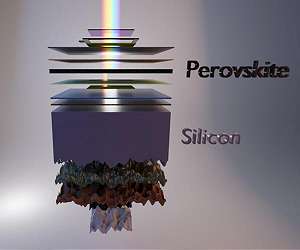NASA astronauts on Thursday morning successfully attached a solar array on the International Space Station after a piece of space junk was determined to be flying dangerously close to the orbiting laboratory.
Astronauts Josh Cassada and Frank Rubio began the spacewalk at 8:19 a.m. EST to install an International Space Station Roll-Out Solar Array, or iROSA, to augment power generation for the 4A power channel on the station’s port truss structure. They completed their walk at 3:27 p.m.
The iROSAs will increase power generation capability by up to 30%.
Space agency officials had postponed Wednesday’s walk until they could nudge the space station safely away from the space debris.
NASA identified the space debris as from an old Russian Fregat upper-stage booster. The space station and the astronauts were moved safely away from the potential close call.
A Russian spacewalk at the ISS was canceled last week as they evaluated a coolant leak that was detected coming from the aft end of the Soyuz MS-22 spacecraft docked at the International Space Station, NASA said then.
This was the 257th spacewalk in support of space station assembly, upgrades and maintenance, and was the third spacewalk for Cassada and Rubio.
Related Links
All About Solar Energy at SolarDaily.com
|
We need your help. The SpaceDaily news network continues to grow but revenues have never been harder to maintain. With the rise of Ad Blockers, and Facebook – our traditional revenue sources via quality network advertising continues to decline. And unlike so many other news sites, we don’t have a paywall – with those annoying usernames and passwords. Our news coverage takes time and effort to publish 365 days a year. If you find our news sites informative and useful then please consider becoming a regular supporter or for now make a one off contribution. |
||
|
SpaceDaily Contributor $5 Billed Once credit card or paypal |
SpaceDaily Monthly Supporter $5 Billed Monthly paypal only |
|

![]()
Tandem solar cell achieves 32.5 percent efficiency
Berlin, Germany (SPX) Dec 20, 2022
Scientists from HZB could significantly improve on the efficiency of perovskite/silicon tandem solar cells. “This is a really big leap forward that we didn’t foresee a few months ago. All the teams involved at HZB, especially the PV Competence Center (PVComB) and the HySPRINT Innovation lab teams have worked together successfully and with passion,” says Prof. Steve Albrecht.
His team used an advanced perovskite composition with a very smart interface modification. The lead authors, postdocs Dr. Si … read more
